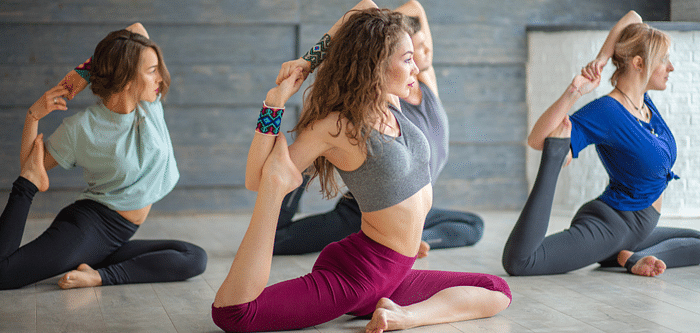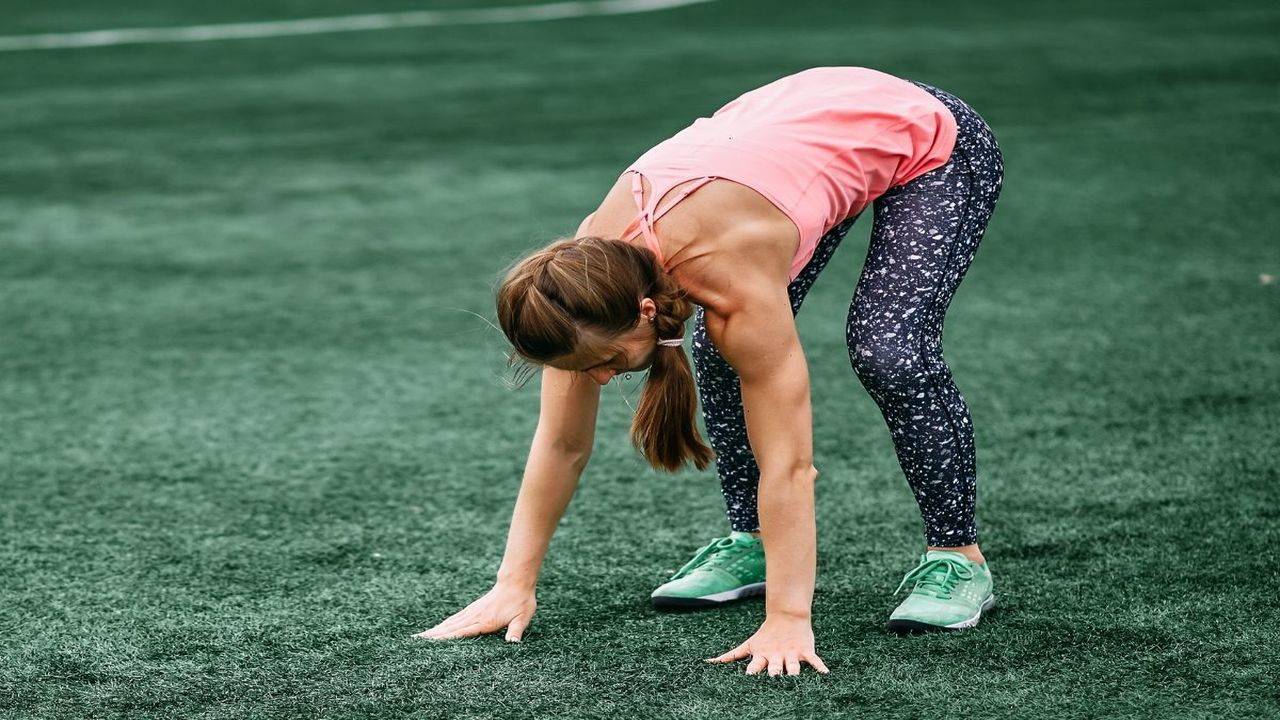When most people think of lifting weights, they picture sculpted arms, tight abs, and that “toned” look everyone wants. And yes — strength training will absolutely tighten you up. But that’s just the beginning. If you think the dumbbells in your garage or those barbells at the gym are only about flexing in the mirror, think again.
Lifting weights does more for your body (and mind) than endless hours on the treadmill ever will. It’s about how you feel, how you move, how you age, and how you handle life’s daily stress. If you’ve been avoiding the weight rack because you think it’s just for bodybuilders or super-fit people, it’s time to change that story.
Let’s break down six real, practical ways strength training changes your life — beyond just helping you look good in a tank top.
1. It Boosts Your Metabolism Long After You’ve Left The Gym
One of the best hidden perks of lifting weights is how it cranks up your calorie burn even when you’re not working out. Here’s the deal: muscle tissue is active tissue. That means it uses more energy than fat tissue — just to stay alive.
When you add more lean muscle to your frame, your resting metabolic rate (RMR) goes up. So you’re burning more calories all day — even when you’re sitting on the couch or sleeping.
Cardio burns calories during the workout. Strength training turns your body into a 24/7 fat-burning machine. Combine both, and you’re unstoppable.
2. It Makes Everyday Life Way Easier
Think about it: lifting groceries, moving a heavy box, carrying your kid, hoisting a suitcase into the overhead bin — life is full of lifting. If your muscles aren’t trained to handle it, you’re way more likely to strain something or hurt your back.
Strength training trains your muscles for real life. Your core, your glutes, your back — they all work together so you bend, push, pull, and twist safely. The stronger you get, the less those daily tasks wear you out. Suddenly, carrying that 40-pound bag of dog food is no big deal.
3. It Strengthens Your Bones (So Future You Says Thanks)
Most people don’t think about bone health until they’re older. But by then, it’s much harder to fix weak bones. Here’s the good news: lifting weights is one of the best ways to keep your bones dense and strong.
When you lift, your muscles pull on your bones. This stress triggers your body to build new bone tissue, making them stronger. Studies show regular resistance training can help prevent bone loss — which is huge for women, who are more prone to osteoporosis.
So every rep isn’t just making your biceps pop — it’s protecting your skeleton for decades to come.
4. It’s Good For Your Heart (Yes, Really)
People often think only cardio helps your heart. But research proves that strength training does wonders for your cardiovascular system too.
How? Lifting weights can help lower blood pressure, improve circulation, and even reduce “bad” cholesterol while boosting the “good” kind. Plus, building muscle helps control blood sugar — which lowers your risk of type 2 diabetes.
A strong body inside and out — what’s not to love?
5. It Boosts Confidence And Mental Health
This one’s huge, yet it doesn’t get talked about enough. There’s something empowering about seeing what your body can do, not just how it looks.
Lifting heavier than you did last month? That’s real progress you can feel. And that sense of accomplishment spills over into other areas of life. People who strength train regularly often report lower levels of stress, anxiety, and depression. Part of it is the endorphins — those feel-good chemicals your brain releases during a workout. But it’s also about seeing yourself get stronger, more capable, and more resilient.
Your confidence goes up — not because your arms are toned (though they will be), but because you know you can handle hard things.
6. It Helps You Age Better (And Stay Independent Longer)
Nobody wants to think about aging — but it happens to all of us. The average person naturally loses muscle mass as they get older — a process called sarcopenia. Less muscle means less strength, less balance, more falls, and a greater chance you’ll need help with basic tasks.
But lifting weights fights this. Studies show that strength training keeps your muscles active and helps you maintain balance, flexibility, and independence as you age. So you’re less likely to struggle with stairs, falls, or needing help to carry groceries.
More muscle now means more freedom later.
So, How Do You Start?
Good news — you don’t need to deadlift 300 pounds to get these benefits. You can start with bodyweight moves at home — think squats, lunges, push-ups, and planks. Or pick up a pair of light dumbbells for bicep curls, shoulder presses, and rows.
The key is progressive overload — which is just a fancy way of saying, “Do a little more over time.” Add a rep. Add a pound. Slow down your reps. That’s how your muscles adapt and grow.
A Simple Beginner Routine
If you’re wondering where to begin, here’s a super simple full-body routine to try 2-3 times a week:
- Squats: 3 sets of 10-12 reps
- Push-Ups (knees if needed): 3 sets of 8-10 reps
- Bent-Over Dumbbell Row: 3 sets of 10 reps
- Glute Bridges: 3 sets of 12 reps
- Plank: 3 sets of 20-30 seconds
Rest for a minute between sets. Focus on good form — quality beats speed every time.
A Few Tips To Make It Stick
Warm up before you lift — light cardio or dynamic stretches get your body ready.
Start light. Master the movement first, add weight later.
Rest and recover. Your muscles need sleep and good food to grow.
Don’t get intimidated. Nobody starts off bench pressing big weights — not even the person you see doing it now.
Be patient. The payoff is worth it.
Final Thoughts
Lifting weights isn’t just about looking good in your clothes — though that’s a nice bonus. It’s about building a body that works better, feels stronger, and ages gracefully. It’s about being able to pick up your kids or grandkids, carry your own luggage, stand tall with good posture, and feel proud of what you see in the mirror and what your body can do.
So next time you walk past those dumbbells, don’t think, “That’s not for me.” Pick them up. Start small. Stay consistent. And watch how your body — and your life — change, from the inside out.










